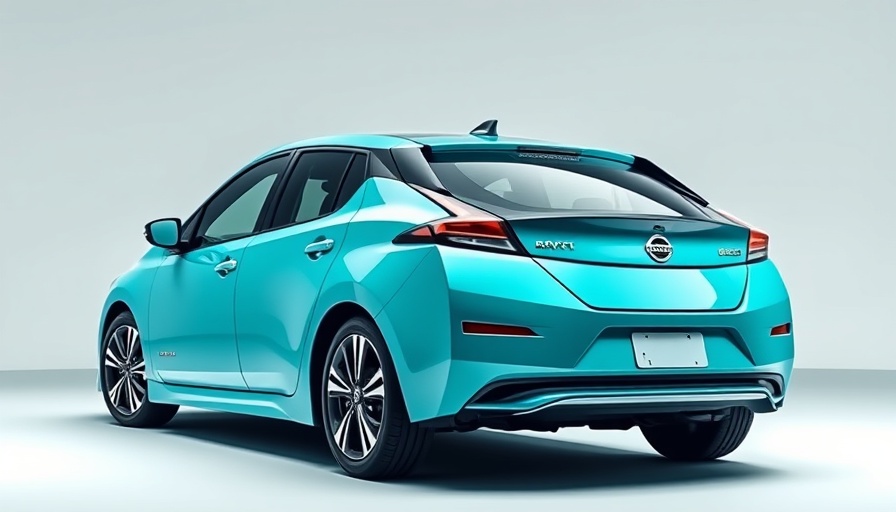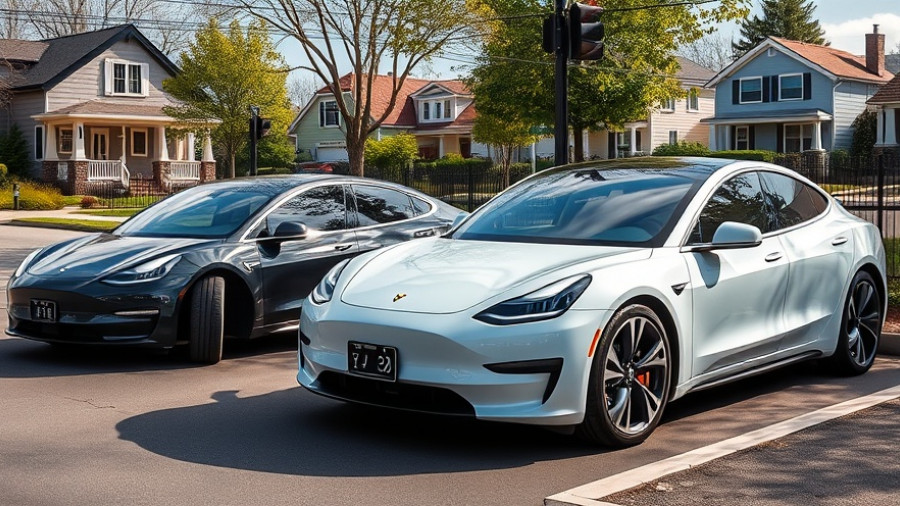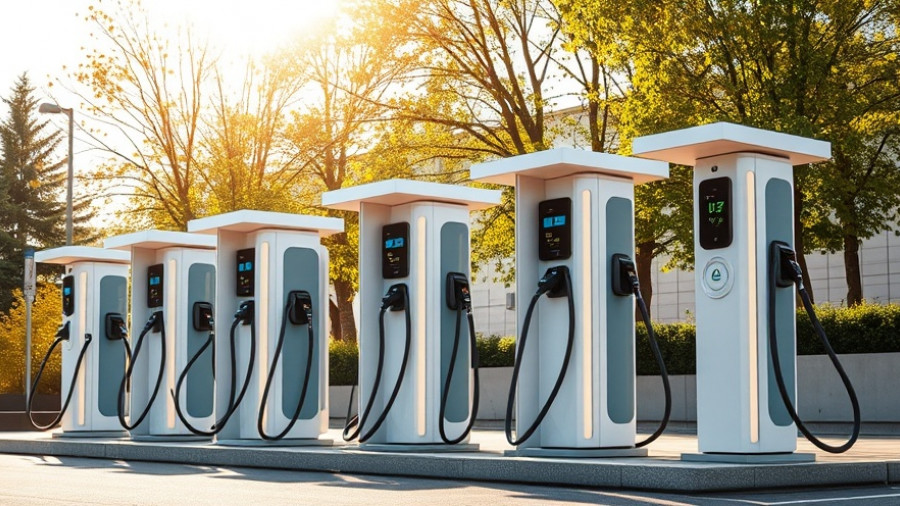
The Next Generation of Electric Mobility: Nissan's Vision
Shunsuke Shigemoto, Vice President of ePowertrain Technology at Nissan, has declared that electrical efficiency is the paramount focus driving the innovations behind the new Nissan Leaf. This third-generation model seeks to redefine electric mobility standards through a range of significant advancements and user-friendly features, building on Nissan’s 15 years of experience in battery electric vehicles (BEVs).
A Leap Forward in Performance
The new Nissan Leaf is built on the innovative “AmpR Medium” platform, shared with Renault's Megane E-Tech. This foundation enables a larger 75 kWh battery while maintaining compact dimensions, leading to an impressive WLTP range exceeding 600 kilometers. Customers can expect not only enhanced battery energy density but also optimized aerodynamics, which contribute to a more efficient electric drivetrain.
Responding to Consumer Needs
Shigemoto emphasizes the importance of addressing consumer feedback. The previous iterations of the Leaf faced challenges like rapid charging difficulties and battery overheating during long trips, issues colloquially known as “Rapidgate.” With the new model, Nissan aims to provide improved everyday usability, offering a spacious interior, a flat vehicle floor, and a consistently high charging performance with a constant 150 kW DC output.
Emphasizing Nissan's commitment to sustainability, the new Leaf will incorporate vehicle-to-grid (V2G) capability. This feature allows the car to feed energy back into the grid, enhancing energy efficiency and promoting grid independence—a significant advantage for homeowners and businesses looking to leverage solar and renewable energy solutions.
Charting a Sustainable Future
As the electric vehicle market matures, Shigemoto believes the 2025 Leaf sets a new benchmark not just for Nissan but for the entire industry. With over 700,000 Leaf models sold globally, including 290,000 in Europe, customers are becoming increasingly familiar with BEVs. The new Leaf promises not only to meet demands but to exceed expectations, paving the way for a more sustainable automotive future.
Practical Insights for Eco-Conscious Consumers
If you’re a homeowner or a business considering the integration of electric vehicles and solar technology, the advancements of the Nissan Leaf signal a broader shift towards more sustainable and efficient energy solutions. By adopting the latest in electric mobility technology, users can enhance their energy efficiency, reduce costs, and play a pivotal role in the transition to green energy.
Are you ready to embrace the clean energy revolution? The enhancements seen in the new Nissan Leaf, alongside innovative technologies like vehicle-to-grid, symbolize the growing appeal of electric vehicles as integral components of modern sustainable living. Delve into options for solar charging stations or smart home solutions that synergize with electric mobility innovations to maximize your energy independence.
 Add Row
Add Row  Add
Add 



Write A Comment